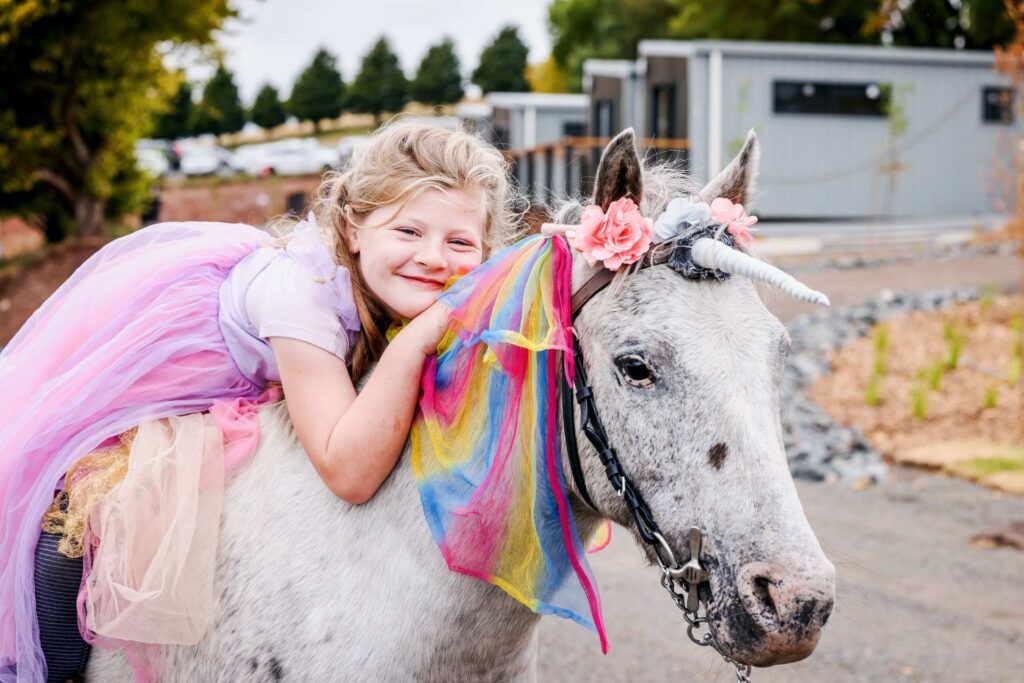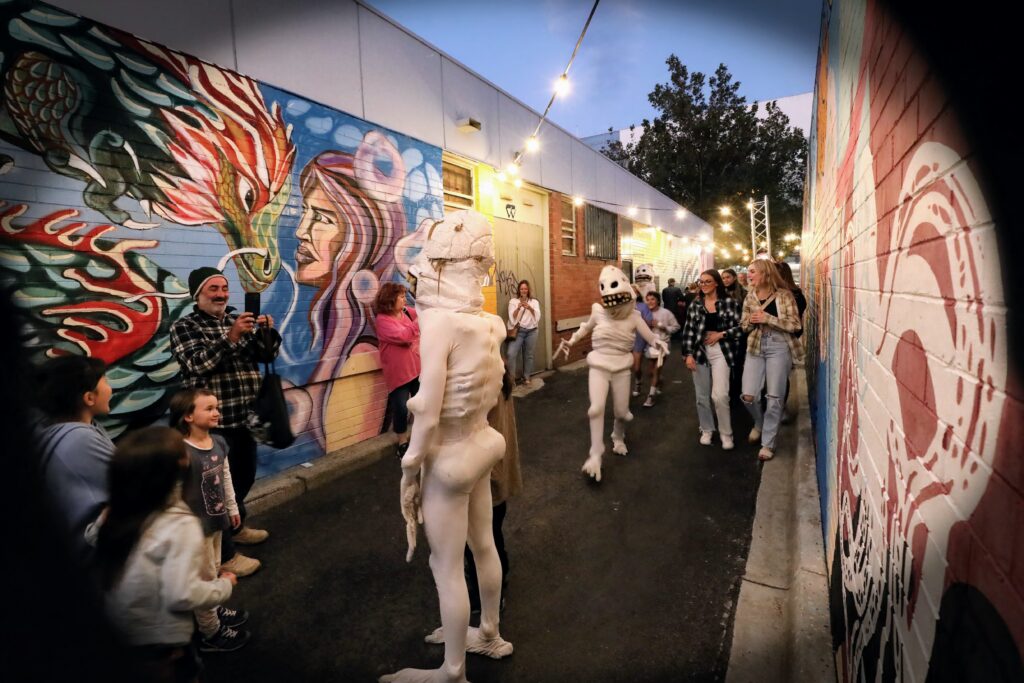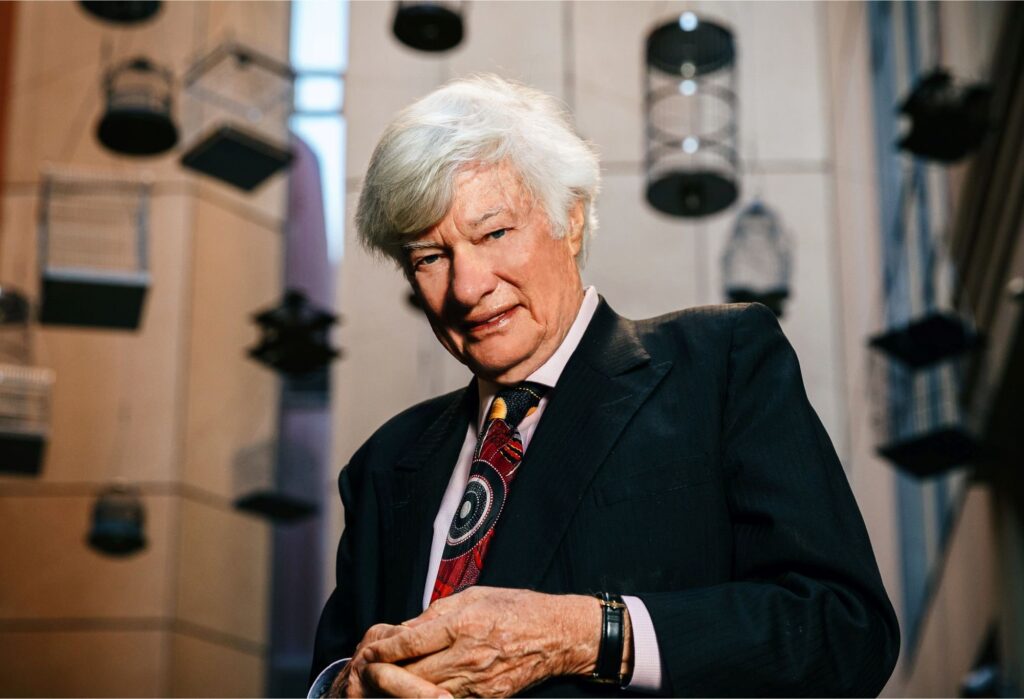Riley (Kaitlyn Dias) is an average 11-year-old girl, ruled by her emotions like everyone else: specifically Joy (Amy Poehler), Sadness (Phyllis Smith), Fear (Bill Hader), Anger (Lewis Black) and Disgust (Mindy Kaling), who live and work inside ‘Headquarters’ – the control room inside her head. There’s a lot more going on inside Riley’s head: Memories are glowing spheres that are tinged with colour-coded emotions – most as sent off to long-term storage, while a few (the core memories) are retained and used as touchstones for who she is – there are entire islands of personality (Family, Justice, Hockey, etc) powered by those memories… basically it’s a pretty complex set-up, and Joy is the over-riding emotion that rules Riley life.
When Riley’s family moves across the country, the resulting stress – plus Sadness’ new ability to turn once happy memories blue – puts all that delicate machinery inside her head under serious strain. Then, when an accident strands Joy and Sadness deep in the wilds of Riley’s long term memory, they have to race through the wild landscape of her mind to make it back to Headquarters before Riley does something she’ll regret forever.
Pixar’s latest (directed by Pete Docter and Ronaldo Del Carmen) is a massive return to form for the once sure-fire studio. And not just because it contains moments that will make the hardest hearts sob uncontrollably; remember how the big moments that made Pixar what it was were almost always amazingly sad in one way or another (let’s not even talk about the opening of Up)? This is worse. And yet, by making Sadness an integral part of the story (and Riley’s life) it also makes a very strong case for sadness being a vital part of life – which is exactly what you’d expect from a studio who’s biggest emotional moments have all been tear-jerkers.
Fortunately there’s a whole lot more going on here than just sadness: this is extremely playful (Riley’s mind features a movie studio dream factory, “abstract thought” zone where concepts are broken down to basics, and a grim “memory hole” for forgetting) and often hilarious, piling joke on top of joke while still managing to be surprisingly rigorous in its exploration of a pre-teen’s shifting and evolving feelings. It’s a lot smarter than it looks and it looks pretty smart once it gets going: this is easily one of the best films of the year for children or adults.
Recommended

The magical Unicorn Festival is coming back to Ballarat's Kryal Castle for the long weekend

Kick off the long weekend and support local makers at the Piccadilly Night Market tonight

The best events and festivals across Victoria this month

The iconic Grampians Grape Escape returns for 2024

Frankston's spectacular Big Picture Fest returns, elevating street art to global prominence
